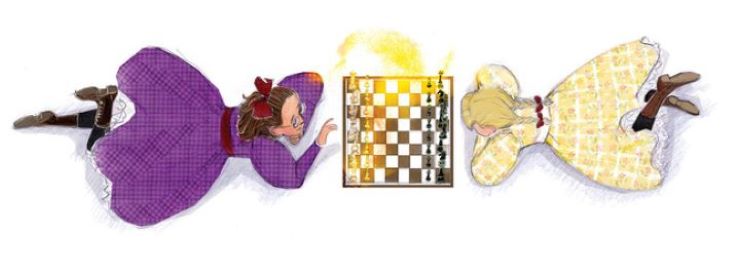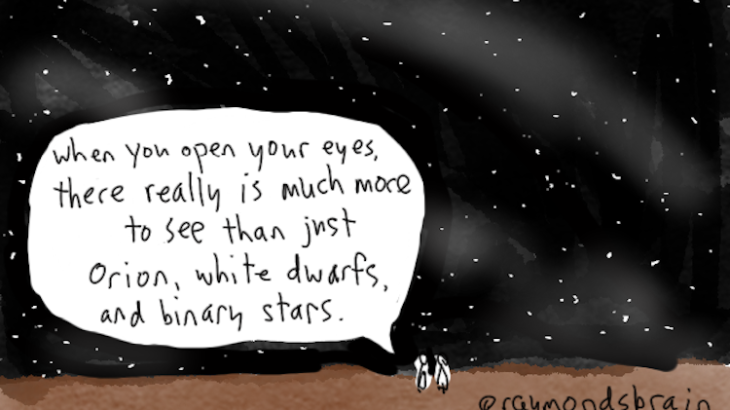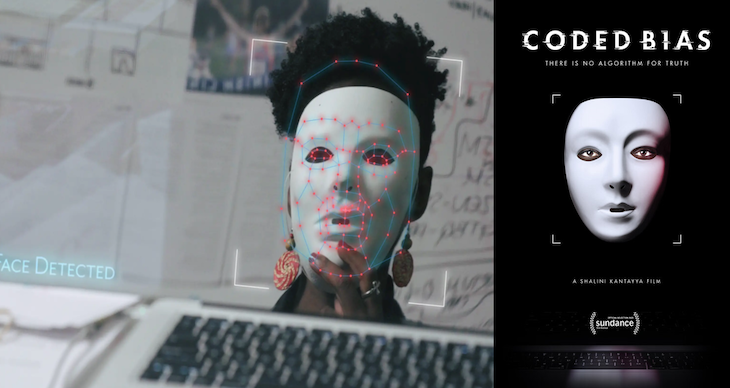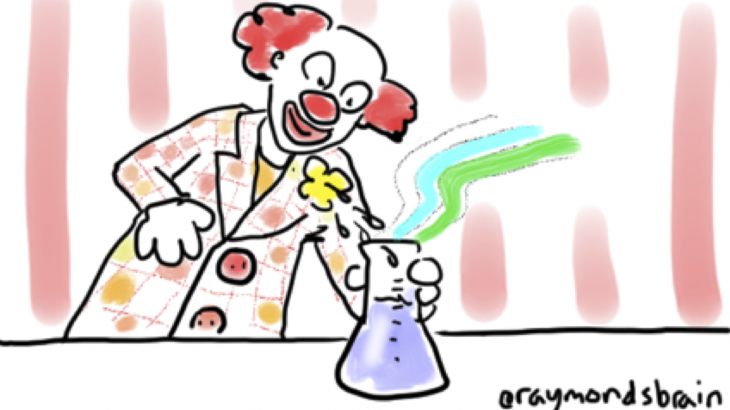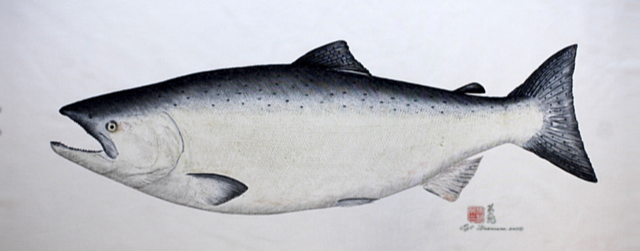
By Raymond K. Nakamura, Multimedia editor Give someone a fish and feed them for a day. Teach them how to fish print and intrigue them for a lifetime. Gyotaku is a Japanese word from gyo meaning “fish” and taku meaning “rubbing.” Make sure to pronounce gyotaku with a hard “g” to avoid any misunderstandings because […]

